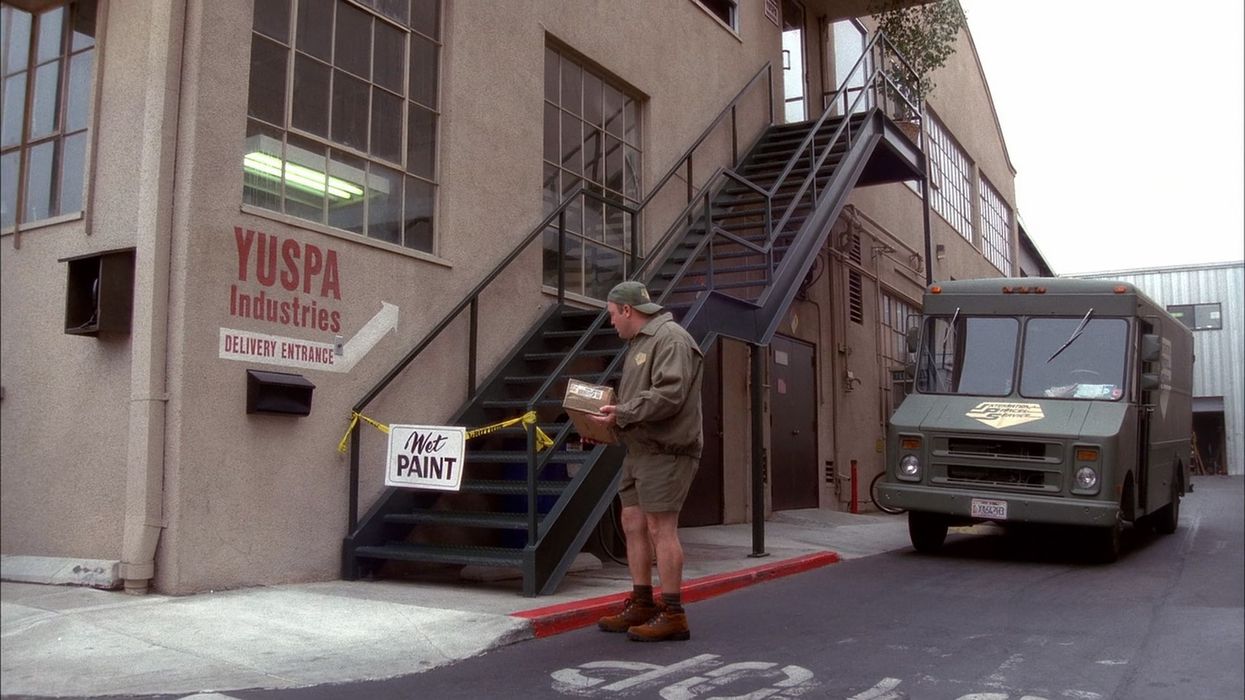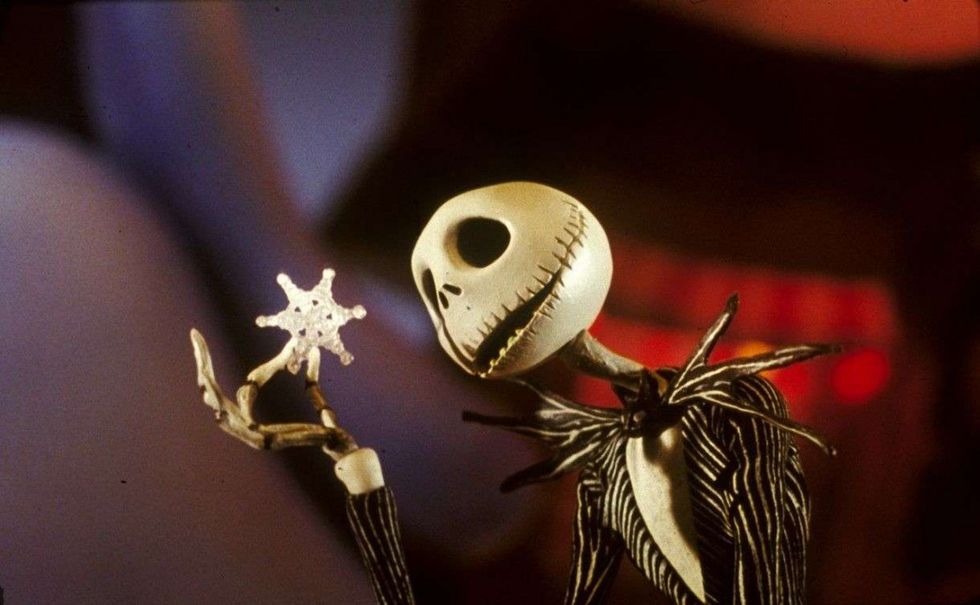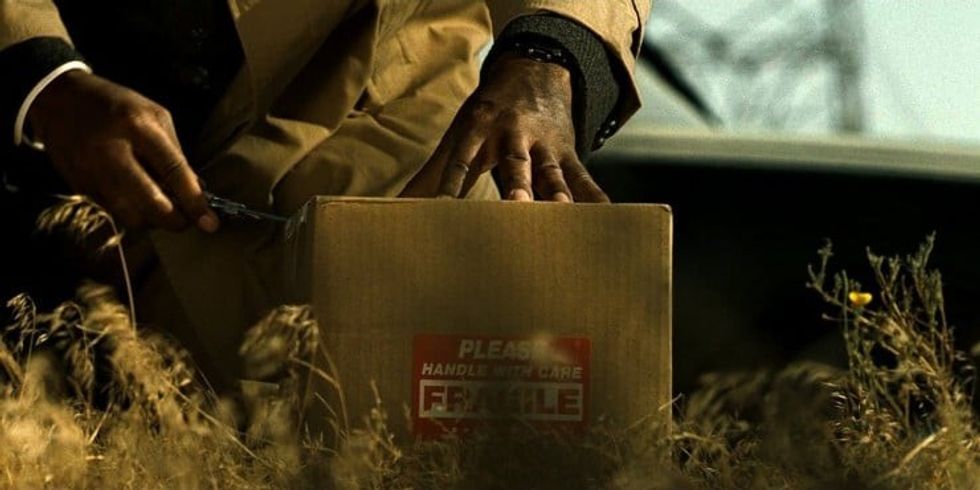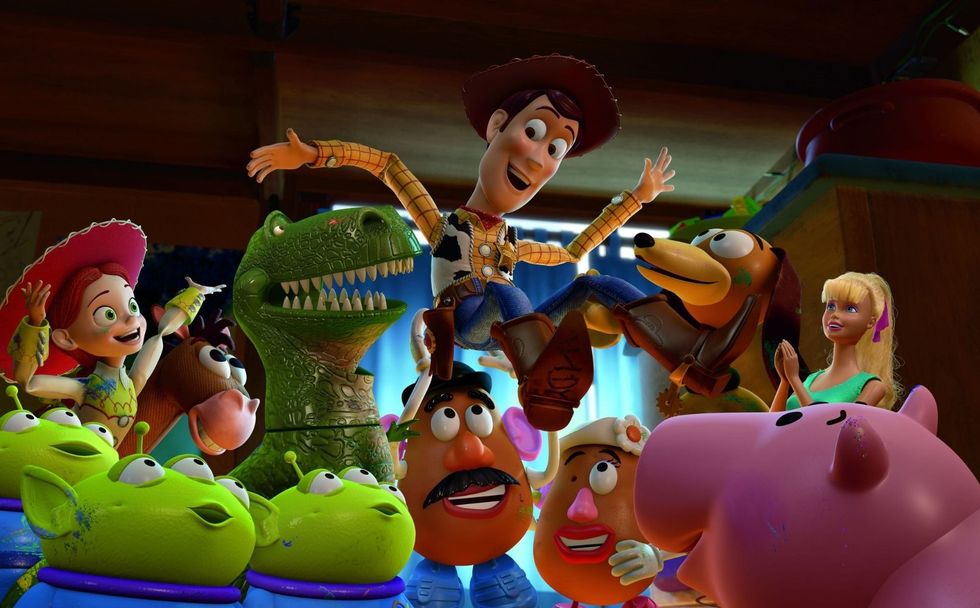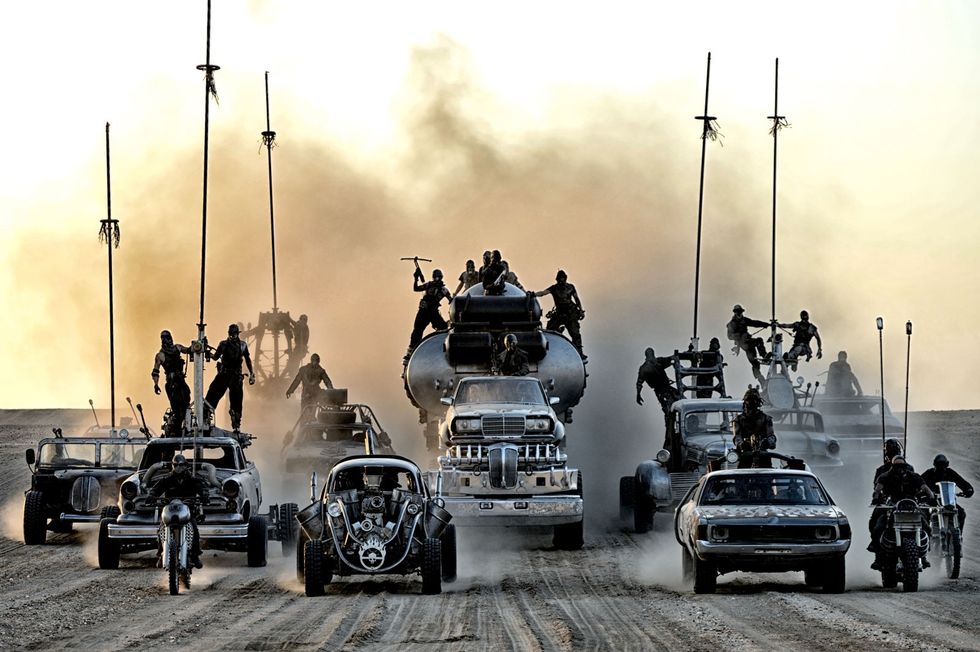Watch: 'Spider-Man 2' Can Teach Us a Thing or Two about the Two-Shot
Extensive two-shots in 'Spider-Man 2' show the shifting, ahem, web of relationships.
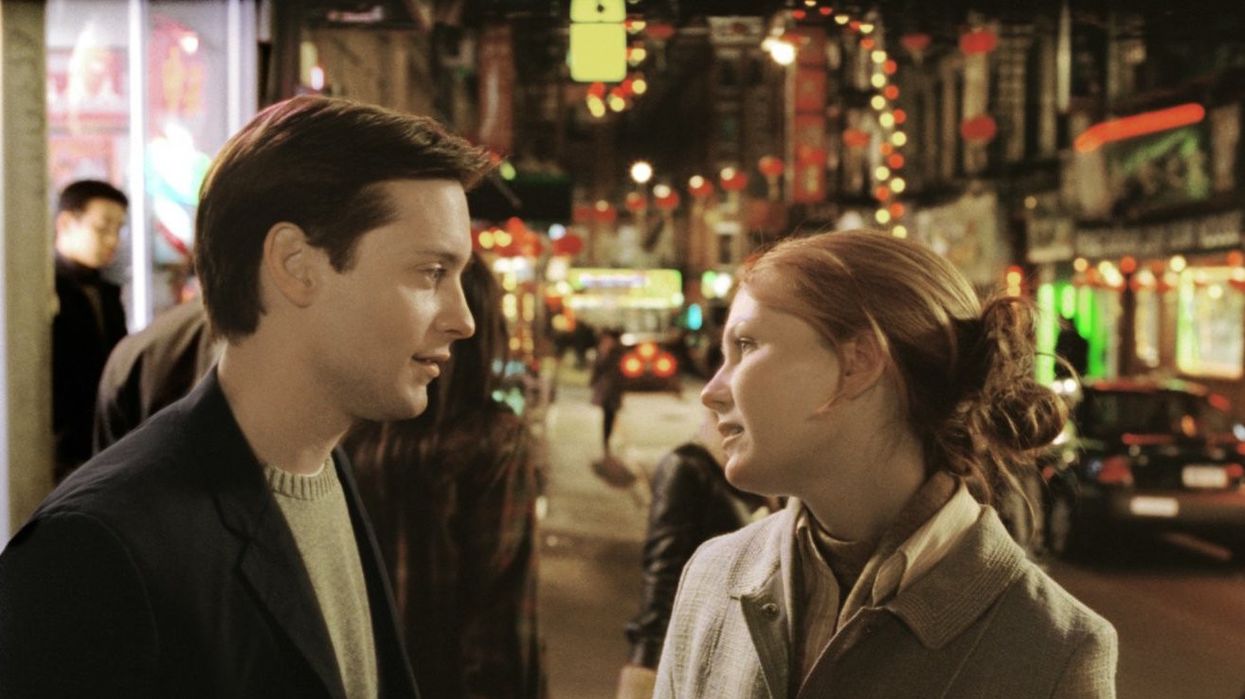
Most good films are based, at some point in their structure, on relationships—whether in a recessed corner or right out on the surface. The relationship could be between a character and himself, as in the James Franco vehicle 127 Hours. The relationship could be between an individual and the rest of society, as in Joel Schumacher's Falling Down. Or, of course, the relationship could be between two people. In the case of Spider-Man 2, one of them is concealing everything and the other is concealing nothing.
It becomes a textbook on how to balance and interweave interpersonal dynamics between two characters.
There are many ways to communicate a relationship on screen: through dialogue, through lighting, through story structure—and also through the shots you choose. Spider-Man 2, the newest of whose brethren is coming out this summer, makes intensive use of the two-shot and the one-shot to show the shifting nature of Peter Parker (Tobey Maguire) and Mary Jane's (Kirsten Dunst) relationship, and Jop Leuven from Love of Film does a level job of exploring that work in his new video essay, below.
Director Sam Raimi and DP Bill Pope's use of one-shots and two-shots in the film is pretty straightforward, per Leuven's analysis; we see the star-crossed partners' figures in isolation at moments that spotlight the impossibility of their relationship, and we see them together at moments which demonstrate that relationship's potential. Viewed this way, the sequel becomes a fairly subtle examination of the difficulties inherent in a superhero's ever having a "normal" relationship—but it also becomes a textbook on how to balance and interweave interpersonal dynamics between two characters.
We see a lot of flipping and flopping here: at times when Peter's responsibilities to his webbed alter ego supersede his possible responsibilities to Mary Jane, we see him by himself, but at times when it seems as if he might rise to the challenge of commitment, we see the two together. Leuven rightly points out the warmth and sincerity in the pair's two-shot walk-and talk after Peter goes to see Mary Jane in a play (after having missed his chance in the past while out flipping over vehicles); even here, though, we switch to a one-shot of each character when Mary Jane announces her impending marriage.
As movies about interpersonal relationships go, Spider-Man 2 is obviously no Persona; its aspirations reference an area of cultural history that lies entirely within the range of pop sensibilities, which means that it might strike, in many ways, on a broader range of emotions than some more nuanced films (Leuven mentions, early in the piece, feeling initially like he might have been beyond watching a film like this). But it shouldn't be ruled out as a learning opportunity. There is craft and forethought everywhere, and, as Leuven shows, this film is no exception: it uses one-shots and two-shots to show the intimacy and distance between two memorable characters, portrayed by two remarkable actors.
